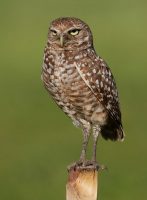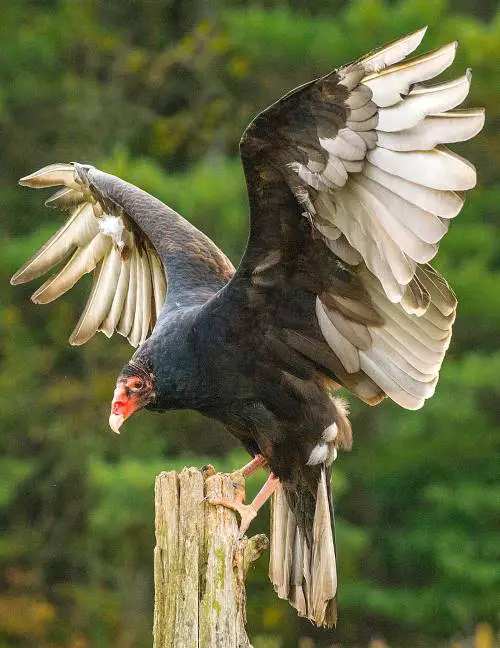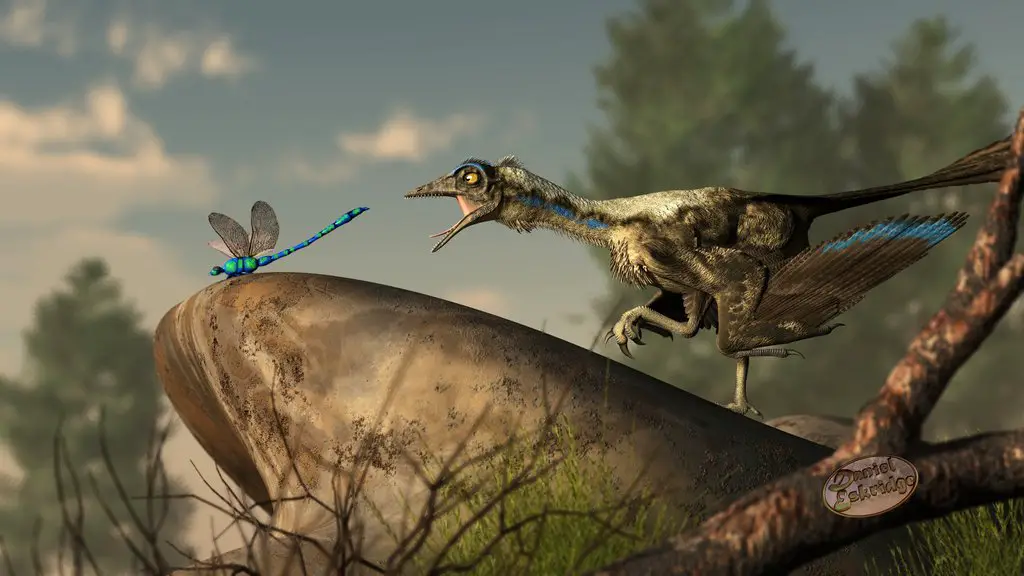Burrowing owl (Athene cunicularia) is a small owl with long legs. It is native to the South and North America. Burrowing owls nest in burrows and produce hiss-like sounds just like snakes. They are active during the day.
Burrowing owls do not have ear tufts. This ground-dwelling species has dark brown color with white spots. Its bill is gray-to-yellowish in color. Males are also light-colored as compare to female owls probably because they usually dart around more in daytime. In order to line their burrows, burrowing owls use cattle dung for this purpose perhaps to attract dung beetles that they feed on.
It has a size of abo ut 7.5 to 11 inches and its wingspan measures 20 to 24 inches long. It weighs around 140 to 240 grams. Male owls are lighter in weight than the females.
ut 7.5 to 11 inches and its wingspan measures 20 to 24 inches long. It weighs around 140 to 240 grams. Male owls are lighter in weight than the females.
In the wild, burrowing owl has an average lifespan of about 8 years but live longer in captivity.
Burrowing owl lays a clutch size of 4 to 12 eggs. On average, the clutch size is 9. The incubation period is 3 to 4 weeks.
These owls inhabit open landscapes and are found in treeless areas like deserts, woodlands, grasslands and shrublands.
Burrowing owls feed on insects like millipedes, crickets, beetles and also rodents. They also eat toads, lizards, frogs and large birds like eared doves.
The natural predators of these owls are American badger, American jackal and snakes.





